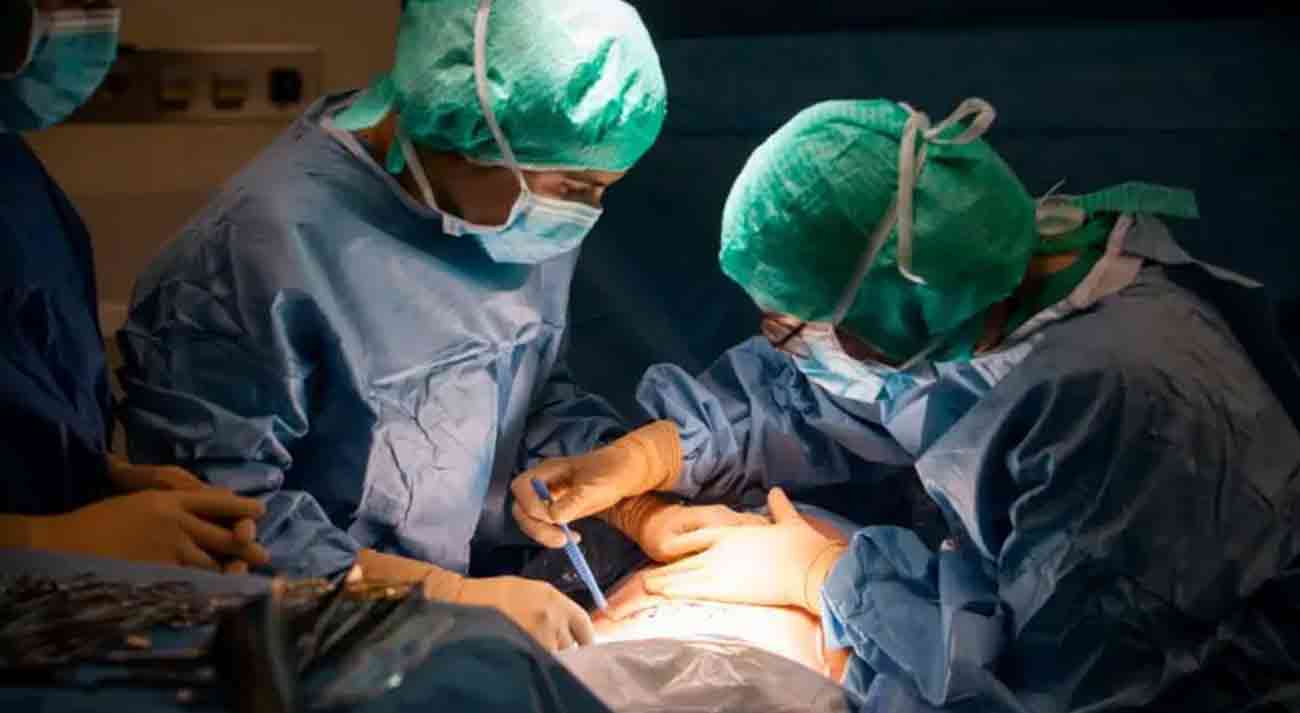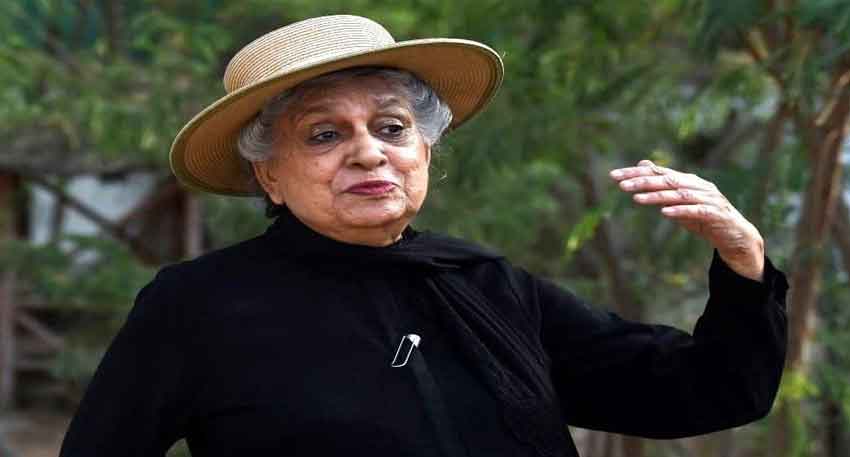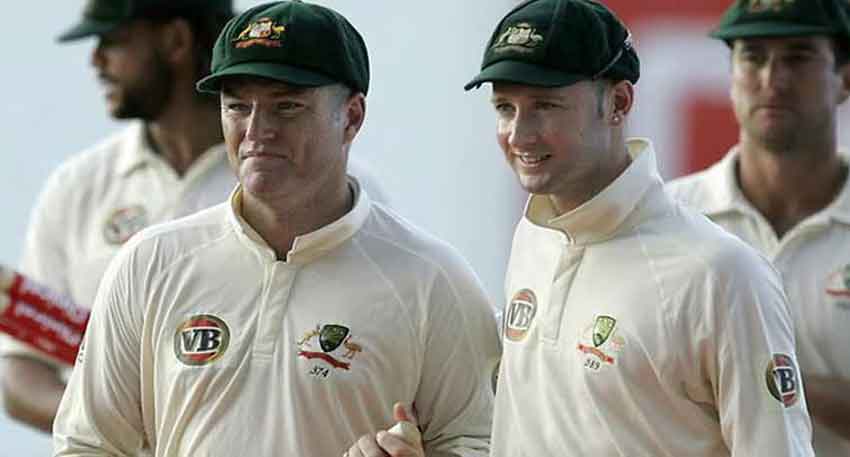
In the tragic incident, the woman died a few hours after the doctors delivered a dead boy, weighing around 4 kg.
After the incident, Mumbai’s civic body, BMC, has formed a 10-member committee to probe the negligence. The committee also included doctors from state-run JJ Hospital.
The deceased woman has been identified as Saheedunnissa Ansari, a resident of Bhandup, a locality in Mumbai.
Meanwhile, the woman’s relatives mobilised protests outside the hospital on Tuesday and Wednesday. Her legal heirs have also alleged that the healthcare facility of the hospital did not have the necessary equipment for emergency like oxygen cylinders.
According to Times of India, the doctors had to perform a C-section on her under the torchlight of mobile phones due to frequent power cuts in the city on Monday.
However, the BMC executive health officer admitted that there were some issues with the generator at the healthcare facility due to which the doctors had to take such a decision. She further informed that the woman had postpartum hemorrhage (PPH) due to which she suffered severe vaginal bleeding after childbirth.
“PPH cannot be predicted,” The BMC official said, adding Saheedunnissa also had convulsions before being shifted. Notably, PPH is one of the leading causes of maternal mortality in India.
Maternal mortality is considered a key health indicator and the direct causes of maternal deaths are well known and largely preventable and treatable.
The major complications that account for nearly two-thirds of all maternal deaths are severe bleeding (mostly bleeding after childbirth), infections (usually after childbirth), high blood pressure during pregnancy (pre-eclampsia and eclampsia), complications from delivery and unsafe abortions.
Maternal Mortality Ratio(MMR) of India for the period 2018-20, as per the latest report of the national Sample Registration system (SRS) data is 97/100,000 live births, declining by 33 points, from 130/ 100,000 live births in 2014-16.
This translates to 8,580 additional mothers saved annually in 2020 as compared to 2016. Total estimated annual maternal deaths declined from 33800 maternal deaths in 2016 to 25,220 deaths in 2020.
Pregnancy-related complications are the number one cause of death among girls between 15 and 19 years of age. Because adolescent girls are still growing themselves, they are at greater risk of complications if they become pregnant. Moreover, child brides are less likely to receive proper medical care while pregnant or to deliver in a health facility, compared to women married as adults.
All women need access to antenatal care in pregnancy, skilled care during childbirth, and care and support in the weeks after childbirth. All births should be assisted by skilled health professionals, as timely management and treatment can make the difference between life and death for both the mother and the baby.
The Government of India has been focusing on initiatives to improve maternal health indicators. Much progress has been made in ending preventable maternal deaths in the past two decades: Globally the number of women and girls who die each year due to issues related to pregnancy and childbirth has dropped considerably, from 451,000 in 2000 to 295,000 in 2017, a 38 per cent decrease.
However, coverage of life-saving health interventions and practices remains low due to gaps in knowledge, policies and availability of resources. In a few areas there is a gap between the rich and the poor and an urban and rural divide. Access to health services is often dependent on a families’ or mother’s economic status and where they reside.




